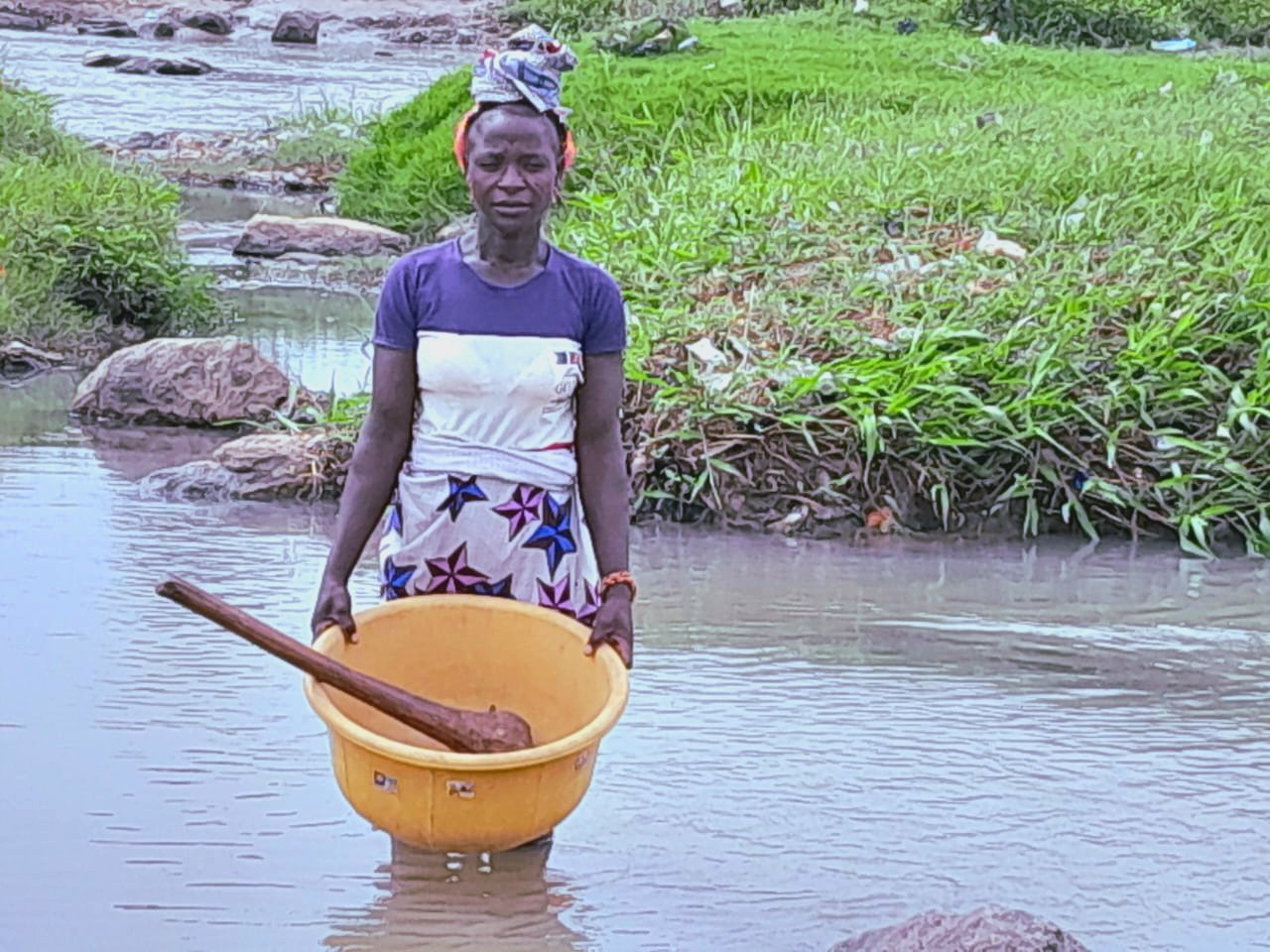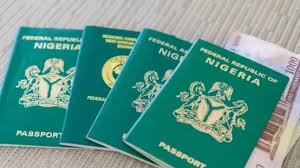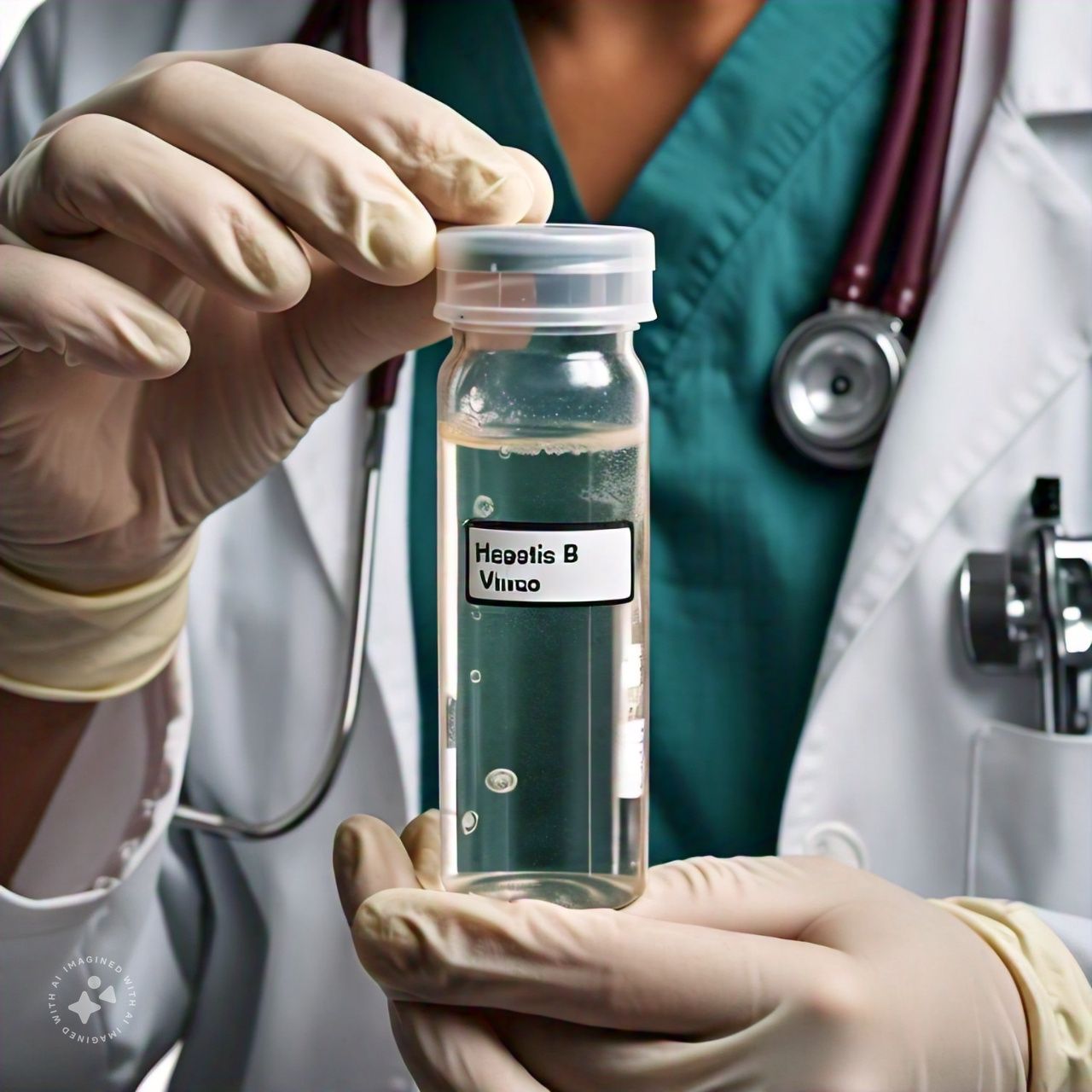African Health Report’s Gom Mirian, through accounts from community members and leaders, highlights the quest for potable water in Gwako Community in the Federal Capital Territory where residents rely on the only available contaminated stream for their daily use.
In the shadows of Abuja, the capital city in the heart of the Federal Capital Territory (FCT), lies Gwako community in Gwagwalada Area Council. While the city enjoys steady water supply and ongoing works to further extend supply to excluded areas in the metropolis, communities like Gwako grapple with the lack of access to this essential resource, compelling them to depend on the contaminated Aye River for their daily needs.
Local accounts reveal that Aye not only serves as their primary water source, but also doubles as the general toilet and a resting ground for dead bodies. This grim reality leads to severe consequences, including waterborne diseases amidst limited healthcare access, and profound socio-economic burdens.
‘Getting Water to Drink is a Daily Struggle’ – Mother of Three Resident in Gwako
The ongoing absence of clean water in Gwako permeates every aspect of daily life as residents resort to using the contaminated water from the Aye River for drinking, cooking, and other domestic purposes. Undoubtedly, this has far-reaching consequences on their health and general well being.
Mrs. Fato Rubiu, a mother of three, articulates the anguish felt by many in the community, stating, “Every day, we risk our lives by drinking water filled with dirt and disease. Last month, two of my kids fell ill with diarrhea and body rashes from the water. Our children frequently fall ill, and we have to spend what little money we have on medical bills. It is a constant struggle.”
Another community member, Mrs. Mary, who prefers to be called Mama Friday, shares her experience, saying, “I have been using this water for the past two years. I use it for bathing, cleaning dishes, and drinking, but I stopped using it when I vomit after drinking. When I don’t have money, I sometimes beg those selling water for a drink. My children refuse to use this water for bathing, let alone for drinking. They always complain about how dirty it is. I am tired of this water; I pray that the government will provide potable water for us.”
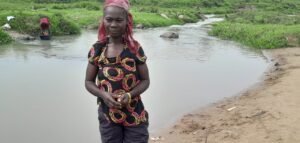
Waterborne Diseases: Silent Killers of the Community
With every sip of the polluted water, Gwako residents expose themselves to severe health risks. Countless incidents of waterborne diseases, including cholera and typhoid fever, have plagued the community. Musa, a local medicine vendor, recounts the devastating loss of young lives due to these diseases. “Many children come to my shop with symptoms like diarrhea and dehydration,” he says. “We do our best, but the absence of clean water makes it difficult for us to succeed. Often, their parents cannot afford medications and opt to purchase oral rehydration solution (ORS) and use the contaminated water instead of the recommended bottled water.”
The Impact on Healthcare Facilities
The lack of proper water, sanitation and hygiene (WASH) facilities in primary healthcare centres in Gwako has further exacerbated the grim situation, contributing to the never-ending cycle of waterborne illnesses. Inadequate handwashing stations and limited
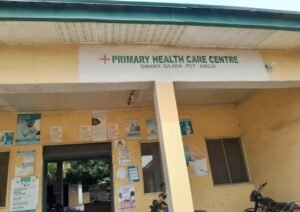
access to safe drinking water within healthcare facilities pose a serious risk to patients and healthcare providers.
Nurse Margaret Fali, the personnel in charge of the community’s Primary Health Care Centre, voices her concern, “We strive to provide the best care for our patients, but the lack of a constant supply of clean water poses a significant challenge. We often have to use contaminated water for basic hygiene practices, putting both our patients and ourselves at risk.
”However, the situation has improved since privately owned boreholes appeared in the community, resulting in fewer cases of waterborne diseases. This year, we have only recorded eight cases so far. Previously, we had to purchase water from vendors to treat our patients, but recently, the village committee, in collaboration with a community member, brought pipe-borne water to the facility. Now, the challenge is that the water supply sometimes goes off for several days for maintenance, leaving us reliant on water vendors. We would greatly appreciate support to acquire an overhead tank as a backup in the facility to ensure a constant water supply.”
Economic and Social Implications
The lack of access to potable water in Gwako not only affects health but also has detrimental economic and social implications. Women and children bear the burden of fetching water, often trekking long distances with heavy containers. This tiresome routine limits their time for education, work, and personal development, perpetuating the cycle of poverty and limiting opportunities.
Halido Pada, the chief of Gwako 1, expresses frustration, saying, “Our main issue is water. Our river is the only source of water accessible to all community members, but it is very dirty. Even dead bodies are dumped into the river, and we drink from it. The water from the rusty borehole in front of my house smells terrible and should not be consumed unless you buy from water sellers. To survive, we require government support in obtaining drinkable water. I believe this water is mostly to blame for the health issues our community faces. The river is filthy and not nice at all. If you visit it, you will see for yourself.”
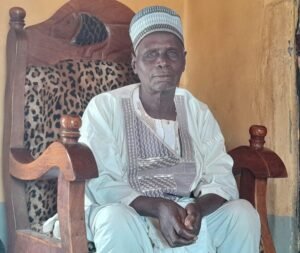
Overcoming Challenges: Community Efforts and External Support
Despite the dire circumstances, the resilient community of Gwako has not lost hope. They have found solutions and strategies to survive in their current situation. Community secretary to the chief, Umar Shaba, shares, “Usually, if we don’t have enough money to buy clean drinking water, we make do with this foul-smelling borehole by covering the bucket with a clean towel to keep the dirty out and sip the water to stay alive. However, the borehole’s rusty stench is still present, and we need water to survive,” Shaba remarked, shaking his head somberly.
Efforts to obtain a response from UNICEF’s WASH specialists, Mr. Job and Aisha Bakpet, regarding their work with the local community to improve access to clean water and sanitation facilities in the Federal Capital Territory were unsuccessful. Both individuals referred our correspondent to the executive director of the Rural Water Supply and Sanitation Agency (RUWASSA), Dr. Daniel Hassan, who also declined to comment.
The struggle for survival in Gwako should not be overlooked. The community faces dire health risks due to the lack of potable water and insufficient WASH facilities in primary healthcare centres, presenting a crisis that demands immediate action. It is a battle against waterborne diseases, economic hardship and despair.
As the scorching sun beats down on Gwako, its resilient inhabitants refuse to surrender. They reach out to the world, pleading for attention, assistance and the right to clean water. The fate of this community lies in the hands of those willing to extend a helping hand and quench their thirst.
While Gwako’s journey towards clean water continues, the hope for a bright future where water flows freely, rejuvenating the lives of those who have long been deprived, is possible.

